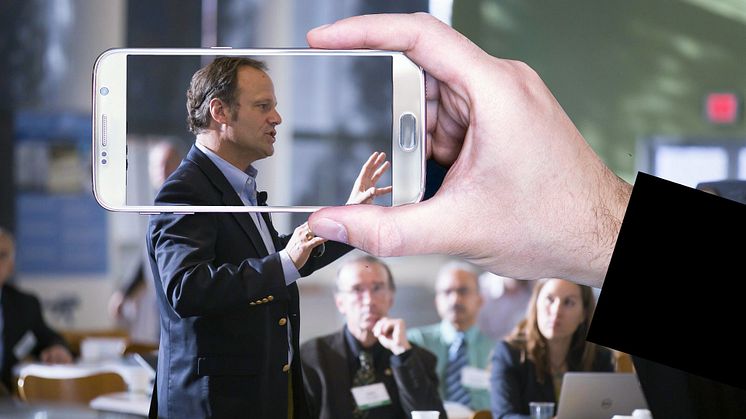
Blog post -
ConnecTech wrap up: Comms professionals must get ready for 5G and live streaming platforms
If there are two takeaways for disciples of communication from this year's ConnecTech in Singapore, they are (1) the rise of 5G, and (2) the proliferation of live streaming platforms - with huge implications for communications professionals and their senior leadership teams.
Of course, I watch these developments from a user's point-of-view; someone interested in figuring out how to apply them to communications practice rather than navel gazing the technical specifications or getting caught up in the political discussions surrounding Huawei.
But so far I see a common application: hyperlive video. In other words, the faster speeds the latest generation of mobile networks offer, and the growing selection of LAN streaming providers, all point to the same outcome: Whatever message you are currently communicating or consuming will soon be streamed live.
That's because every time you see a product or service go from novel and specialized to ubiquitous, the cost falls and experimentation with myriad new applications becomes possible. The possibilities even faster mobile networks and the numerous live streaming platforms offer, especially for data intense uses such as live video streaming, are endless.
This has several implications for senior business leaders, communications professionals, and media organizations.
If you're not yet live streaming events, conferences, town hall meetings, product launches, quarterly financial announcements, Annual General Meetings, and anything else worth watching and interacting with right here right now, you have a steep learning curve ahead.
Your senior business leaders will be trading off the extra pressure of presenting to a live camera against faster, cheaper communication that will not require your video to be caught up for weeks in the edit suite for post production. Viewers will grow to expect live coverage of everything to such an extent that they will be suspicious why you edited a video before you published it.
I also foresee a new form of eyewitness journalism. The ubiquity and speed of live video streaming from mobile will make it possible for a new generation of journalist to emerge, one who is constantly submitting a live stream of a newsworthy event that is so compelling viewers might be prepared to pay for it. This has obvious implications for privacy, and the risk terrorists will use it to gain notoriety. But the media's role in curating, contextualising and interpreting live streamed content will create competitive and commercial space.
Sites such as Live Leaks, Facebook Live, Instagram Live, YouTube Live and Twitter's Periscope have facilitated such channels for a while. With cheaper, faster connectivity, curated content produced by real journalists is not far away.
I am personally very excited at these prospects, because in the end the consumer benefits from an increasing number of news sources.
The question senior business leaders, the event management industry, and communications professionals must ask themselves is whether they are ready to extract the most value from the technology.
